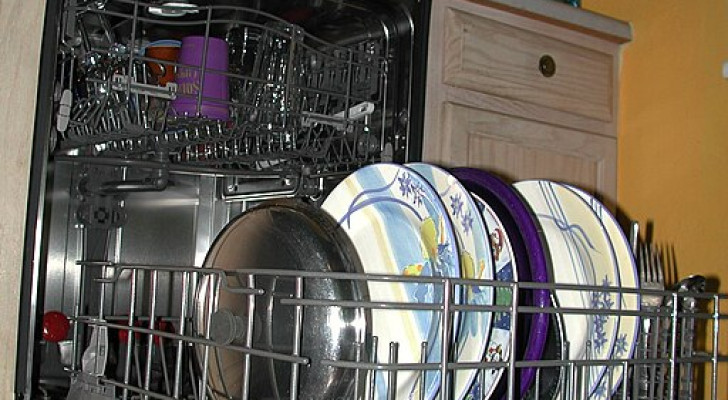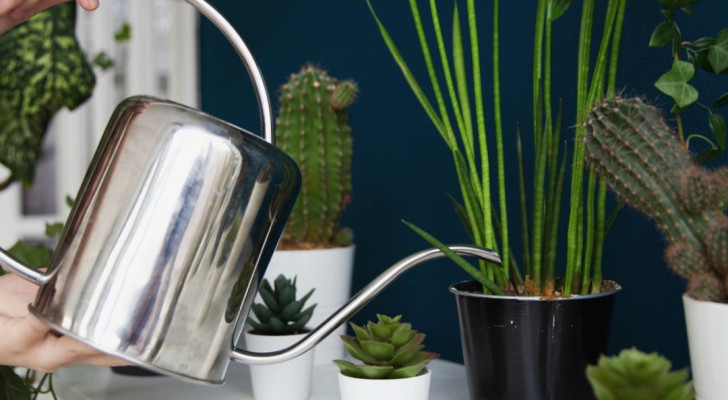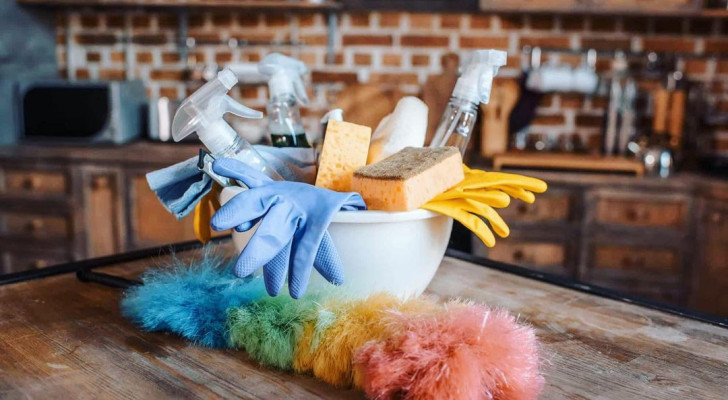Beans: when and how to grow them to get excellent results

Growing plants and flowers at home can be very satisfying and even therapeutic. Are you a keen gardener and have space at home (in the garden or the terrace) to do some plant cultivation? Yes? Well, read on to learn about a specific crop you can raise...
How about growing beans at home? If this idea appeals to you, read on to find out more:
What you need to know
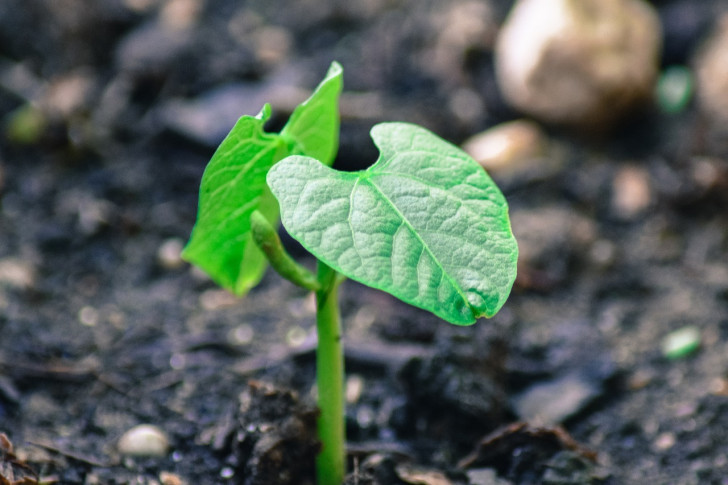
Needpix
Beans grow quite easily, especially during the warmer seasons (when they are also harvested). To ensure that they grow luxuriantly and produce a good crop, it is important to follow some basic rules:
- Sowing period. Bean seeds (or seedlings) should be planted when the soil is not too cold and a couple of months before the hot season starts. Therefore, sowing in March or April is ideal (or as early as February in warmer climes).
- Soil. We mentioned that the soil must not be very cold nor too humid. To avoid these conditions, turn the soil using a gardent fork and break up any large clods of earth.
- Placement. Once the sowing bed has been prepared, sow the bean seeds at a depth of about 2.5 centimeters and 15/20 centimeters from each other. In this way, whether the beans are climbers (which will need supports) or bushes, there will be enough room for them. Beans require good exposure to indirect sunlight - a spot which is partially shaded during the hottest times in the day, is ideal.
- Seedlings. To ensure that the seeds sprout quickly, water them regularly for the first 3 days. Once they have sprouted, you can water the seedlings every 2 or 3 days to keep the soil moist.
Cultivation
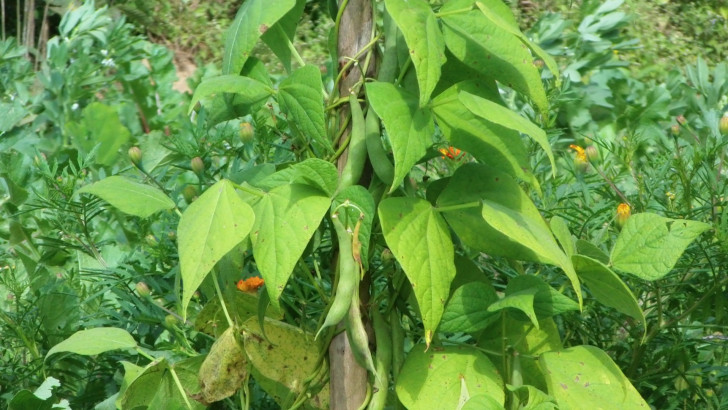
Needpix
Whether in the garden or in pots on the terrace, you need to take care of your seedlings to ensure they do not dry out or rot. The first thing to do is protect the soil by covering it with porous material (mulch) which will help keep optimum soil conditions.
In terms of fertilizers, you can use both chemical fertilizers and, preferably, natural types, such as compost. Further, ensure the areas around your bean plants are kept weed-free.
Once your bean plants have matured and produced bean pods, you can move on to harvesting them.
Harvesting
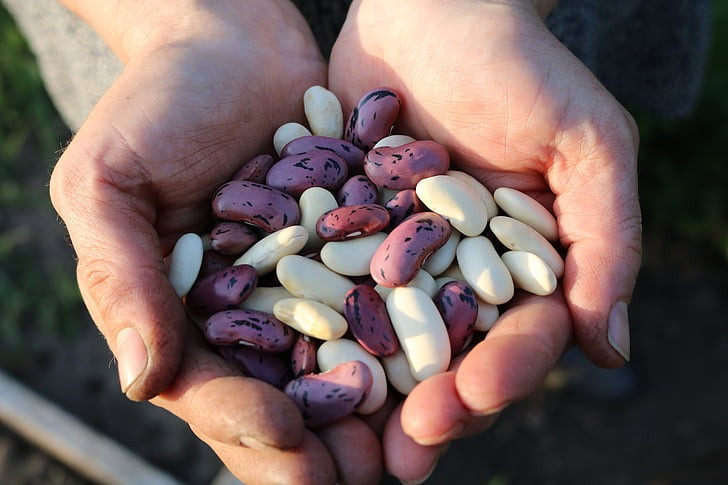
Pickpik
When your bean plants produce their pods, it's time to "bring in your harvest". Depending on your needs will determine when you pick the pods: if you want them for salads, then you will pick them when the pods are still small and thin; for other needs, you will need to wait a little longer.
When harvesting bean pods, carefully inspect the plant for mature pods (mature pods will clearly show the beans inside), ensuring they are firm and plump. Gently grasp each pod, supporting the stem with one hand, and either snap or cut it free using sterile tools. Choose cooler parts of the day to harvest to minimize stress on the plants.
Now, enjoy the fruits of your labor
Your beans are harvested, shelled and now just need cooking in the way you prefer! And while you are savoring these, you can already be planning your next crop!
Great job and... bon appetit!

